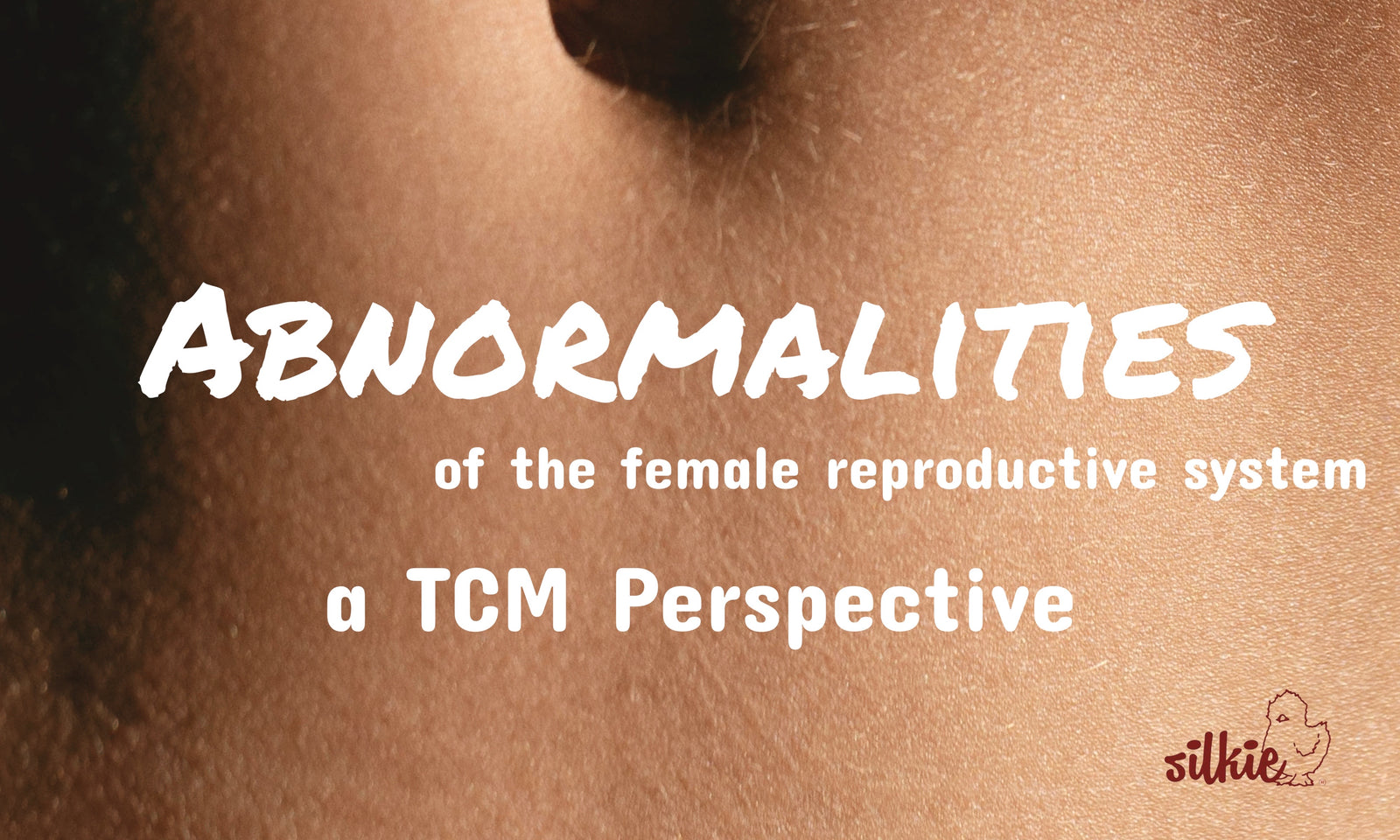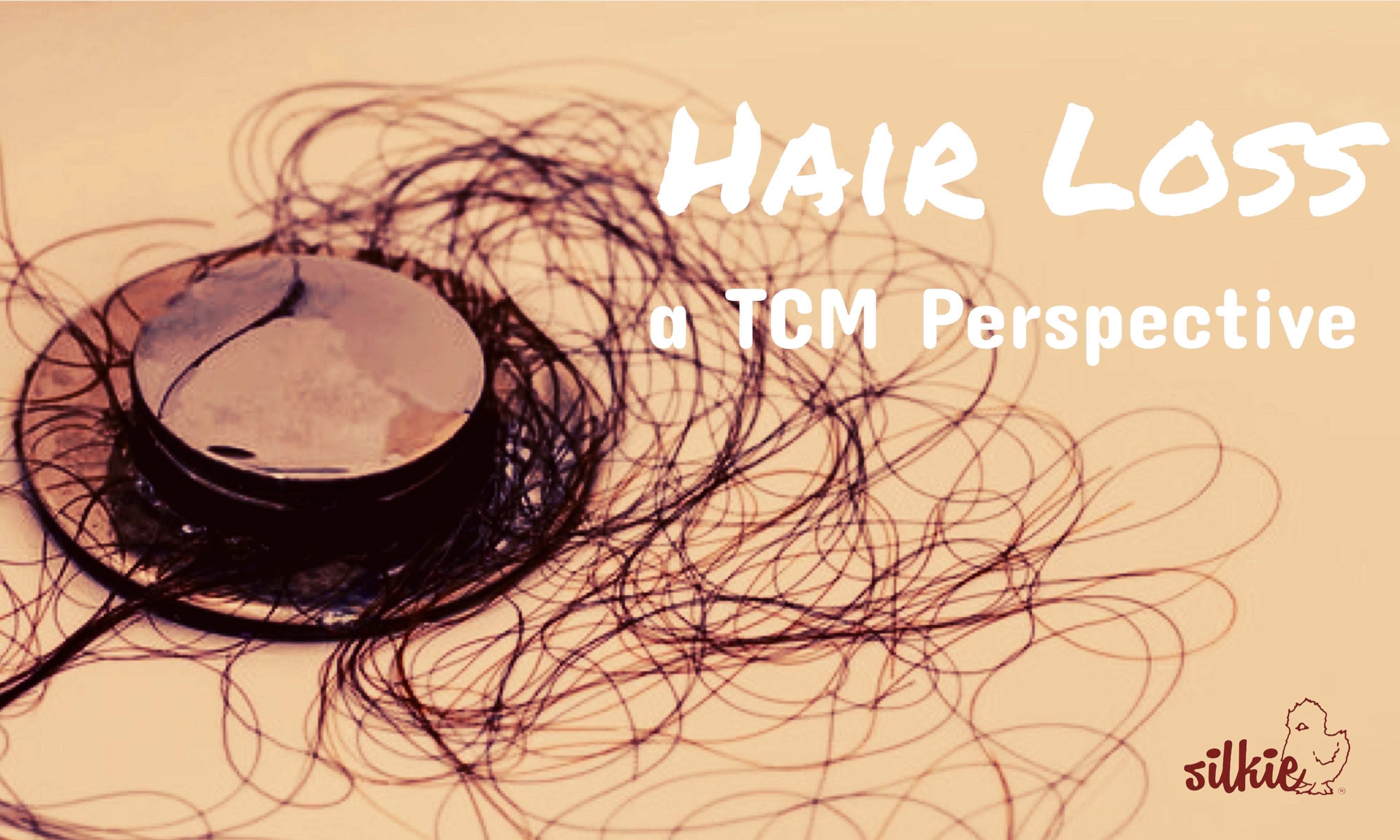Unlocking the Mystery: Exploring the Female Reproductive System

By Ann Tam
Did you know that the female reproductive system can sometimes develop irregularities that affect how it functions? From the ovaries to the uterus and beyond, these variations can have a big impact on reproductive health. In this easy-to-understand guide, we explore different types of structural abnormalities, what causes them, and how they can be diagnosed and treated. We'll look at both Western medicine and Traditional Chinese Medicine (TCM) perspectives to give you a comprehensive understanding.
Types of Malformations of the Female Reproductive System
- Ovarian Cysts:
- Definition: Fluid-filled sacs developing on the ovaries, some of which may necessitate medical intervention due to symptoms or complications.
- Causes: Varied, with some cysts resolving independently while others may persist or enlarge.
- Symptoms: May range from none to pelvic pain, bloating, or changes in menstruation.
- Diagnosis: Utilizes imaging techniques and sometimes biopsy for confirmation.
- Treatment: Depends on the cyst's nature, size, and symptoms, ranging from watchful waiting to surgical removal.
- Masses:
- Definition: Abnormal growths or lumps occurring in reproductive organs, benign or malignant.
- Causes: Multiple, including genetic predisposition or hormonal imbalances.
- Symptoms: Variable, depending on location and size, often including pain or irregular bleeding.
- Diagnosis: Often via imaging studies or biopsy.
- Treatment: Tailored to the mass's characteristics and may involve surgical removal or other interventions.
- Nodules:
- Definition: Small, localized areas of abnormal tissue thickening, commonly found in the uterus or ovaries.
- Causes: May result from various conditions, including inflammation or scarring.
- Symptoms: Can cause pelvic pain or discomfort, especially if large or numerous.
- Diagnosis: Typically through imaging and sometimes biopsy.
- Treatment: Depending on symptoms and underlying causes, may involve medication or surgical removal.
- Uterine Fibroids:
- Definition: Non-cancerous growths within the uterine wall, presenting with symptoms like heavy menstrual bleeding or pelvic pain.
- Causes: Exact cause unclear, potentially linked to hormonal factors or genetic predisposition.
- Symptoms: Vary widely but can impact fertility and menstrual health.
- Diagnosis: Through pelvic examination and imaging studies.
- Treatment: Ranges from medication to surgical interventions, depending on severity and symptoms.
- Polyps:
- Definition: Growths on the inner lining of the uterus or cervix.
- Causes: Not fully understood but may relate to hormonal influences or chronic inflammation.
- Symptoms: Often associated with abnormal uterine bleeding or infertility.
- Diagnosis: Typically via pelvic examination, ultrasound, or hysteroscopy.
- Treatment: Removal via minimally invasive procedures, medication, or hormonal therapy.
- Endometriosis:
- Definition: Growth of tissue similar to the uterine lining outside the uterus.
- Causes: Factors like retrograde menstruation or genetic predisposition.
- Symptoms: Range from pelvic pain to infertility, depending on the extent of tissue growth.
- Diagnosis: Often through laparoscopy following imaging studies and medical history review.
- Treatment: From pain management to hormonal therapy or surgery, depending on severity.
Western Medicine Perspective on Malformations
From a Western medicine standpoint, various structural abnormalities receive specific attention due to their prevalence and impact on reproductive health. Conditions like endometriosis, cervical abnormalities, fallopian tube issues, and uterine masses are meticulously diagnosed and managed through a combination of medical history review, imaging techniques, and targeted treatments.
Traditional Chinese Medicine (TCM) Perspective
Uterine Mass, Nodules, Fibroids, and Polyps: TCM attributes these conditions to stagnation of Qi and blood in the uterus. Causes include emotional stress, poor diet, sedentary lifestyle, and environmental toxins.
Qi and Blood Stagnation: This leads to heavy bleeding, pelvic pain, bloating, and difficulty conceiving. TCM treatment focuses on improving blood circulation, resolving stasis, and balancing Qi, using acupuncture, herbal medicine, dietary therapy, and lifestyle changes.
Qi and Blood Deficiency: Symptoms include fatigue, soreness, pale complexion, dizziness, shortness of breath, palpitations, and menstrual irregularities. TCM treatment aims to nourish Qi and blood, improving overall vitality and addressing deficiencies through acupuncture, herbs, and dietary adjustments.
Diagnosis and Treatment in TCM
Diagnostic Methods: TCM practitioners assess patterns of disharmony through observation, questioning, palpation, and pulse and tongue diagnosis.
Treatment Approaches: TCM treatments aim to restore balance and harmony, using acupuncture, herbal medicines, dietary therapy, lifestyle modifications, and mind-body practices like QiGong or Tai Chi.
Traditional Chinese Medicine Formulas vs. Current Herbalism
Traditional Chinese Medicine (TCM) has a rich history of herbal treatment, developed over thousands of years. Unlike Western herbalism's reliance on single herbs at high doses, TCM utilizes combinations of 4 to 10 herbs that work synergistically to address various body imbalances. This approach enhances positive effects and minimizes negative side effects. TCM formulas not only alleviate symptoms but also target the root cause of imbalances, allowing for reduced or discontinued herbal intake as health improves.
While the medical industry and research groups focus on isolating and extracting specific compounds from herbs, this approach may limit the benefits. Extracting herbs often involves solvents or high heat, degrading active compounds and introducing harmful residues. TCM emphasizes the use of whole herbs, where naturally occurring compounds complement each other, maximizing therapeutic effects.
Silkie’s Herbal Formulas
Silkie, a product of five generations of experience in Chinese Medicine, uses the highest quality herbs harvested at their peak potency. Our supplements are made with natural honey as a binder, avoiding fillers or artificial ingredients. This tradition honors our ancestors and ensures premium quality.
Herbal formulations take years to master, and potent formulas are often family secrets. With generations of crafting formulas to help the local community, we have refined our herbal blends for modern life. Silkie utilizes herbal formulations tailored to individual patterns of imbalance, consisting of herbs chosen for their synergistic effects in addressing symptoms and root causes.
Incorporating herbal formulas into treatment plans can provide holistic support for various uterine-related conditions. Here's a summary of recommended herbal combinations for specific issues:
- Uterine Fibroids (Qi and Blood Stagnation):
- Uterine Formula: 5 to 10 pills, 1-2 times daily.
- Symptoms: Pelvic pain, irregular menstruation, abdominal bloating, and mood swings.
- Uterine Fibroids (Qi and Blood Deficiency):
- Energy: 1 to 3 pills, Kidney Yin: 5 to 10 pills, with Uterine Formula: 3 to 5 pills.
- Symptoms: Fatigue, pale complexion, dizziness, scanty menstruation.
- Endometriomas (Qi and Blood Stagnation with Dampness):
- Uterine Formula: 3 to 5 pills with Ovarian Formula: 3 to 5 pills once or twice daily.
- Symptoms: Pelvic pain or discomfort, irregular, heavy, or prolonged menstruation, abdominal bloating, and mood swings.
- Dermoid Cysts (Liver and Spleen Imbalance):
- Ovarian Formula: 5 to 10 pills with Kidney Yin: 5 to 10 pills.
- Symptoms: Movable lump in the lower abdomen.
- Ovarian Cysts, Follicular Cysts, Corpus Luteum Cysts, Cystadenomas, Polycystic Ovary Syndrome (Dampness and Phlegm Accumulation):
- Ovarian Formula: 5 to 10 pills once or twice daily.
- Symptoms: Pelvic formation of ovarian cysts, masses, or nodules.
Conclusion
Understanding the intricacies of structural abnormalities within the female reproductive system is crucial for comprehensive healthcare delivery. Integrating insights from both Western medicine and Traditional Chinese Medicine offers holistic perspectives and diversified treatment modalities, empowering individuals to navigate their reproductive health journey with informed choices and personalized care.




